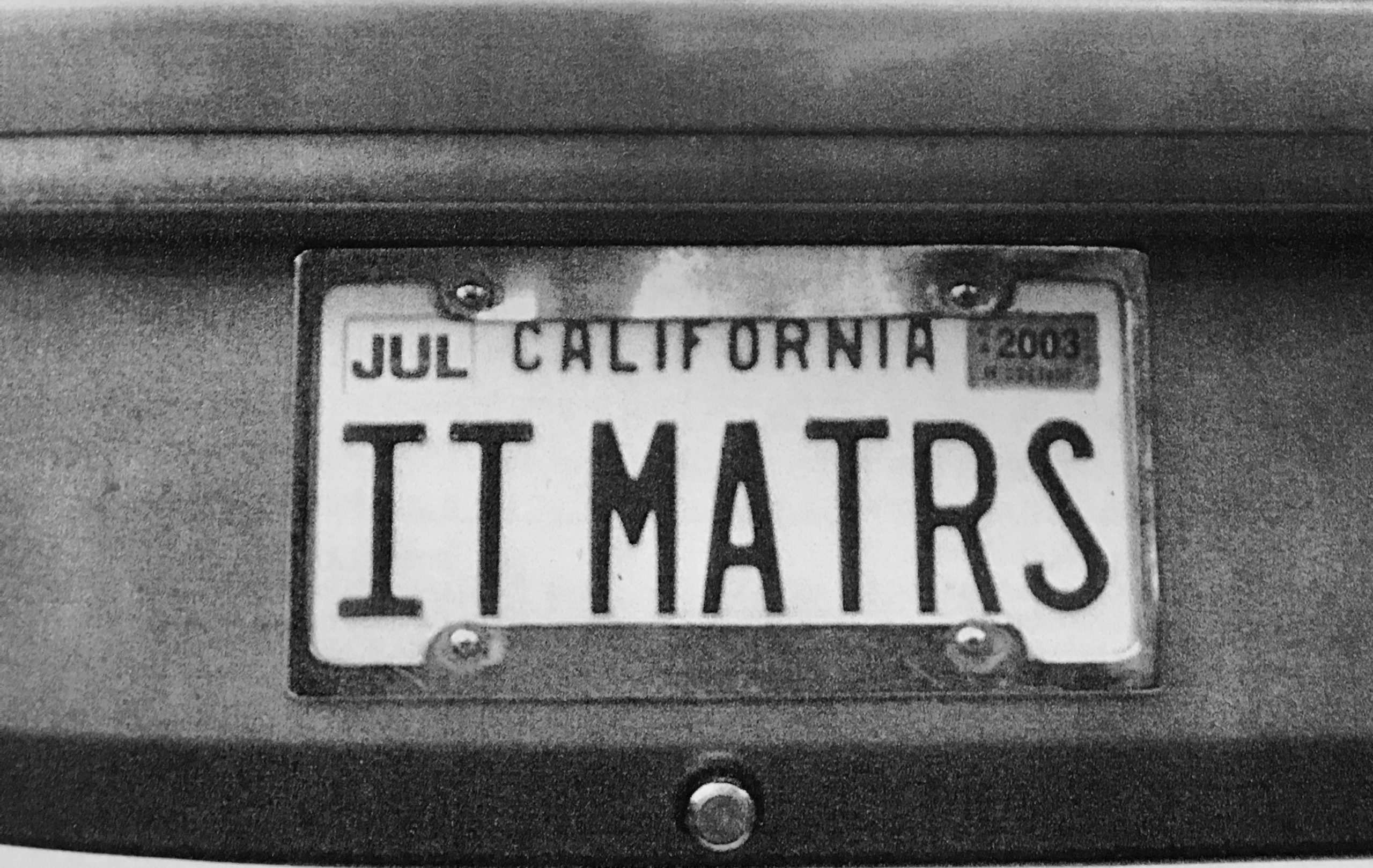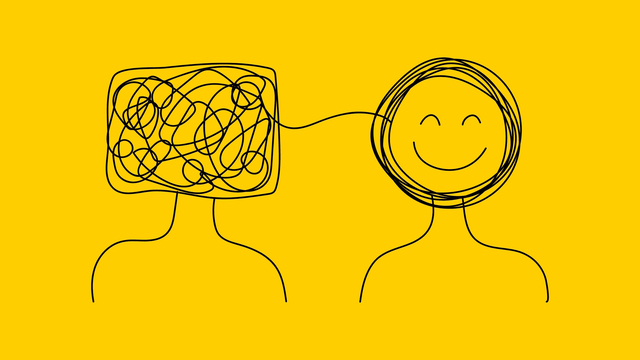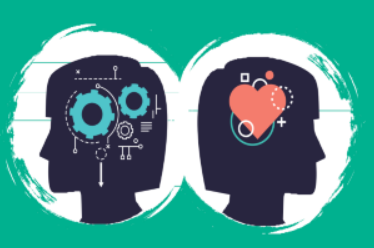
What is a personal Continuity Plan?
April 21, 2022
What’s On Your “Stop Doing” List?
June 16, 2022
“Let your dream devour your life, not your life devour your dream.” ~ Antoine de Saint-Exupéry
“I’d like to go on a vacation that isn’t consumed by my work.” Sound familiar? If so, you are in good company. Now that many people have the gift of flexibility and can work from anywhere, what they find this has turned into is they work from everywhere.
This “flip side of the coin” phenomenon, where getting what we thought we wanted brings us something we don’t like at all, is one of the challenging parts of planning for an ideal life. How do we anticipate the unintended consequences and how do we stay awake to the dreams when it is so much easier to take an alternate route, to go to sleep on them instead?
Sometimes the reason this is easier can be blamed on what Jerry Seinfeld calls “Tomorrow Guy.” We stay up late because Today Guy wants to watch the TV show or finish the book and figures it’s Tomorrow Guy’s problem when we have to wake up and go to work.
This plays out in everyday decisions that affect our long-term health and wealth: increase the cost of our entertainment subscription instead of the amount we defer to our 401k and eat the bowl of ice cream instead of taking a walk after dinner.
When we experience thoughts and feelings that tell us something isn’t right—I am not where I want to be, I can’t afford the lifestyle I want if I retire, I don’t know if my family will be provided for if something happens to me—we are in an uncomfortable place. It’s the chasm between where we are and where we want to be. When it comes to money choices, the bridge across it is recognizing that there are two sides to money, and they don’t work the way we think they do.
We think the remedy out of our uncertainty and discomfort will be found in rational solutions and we ask ourselves technical questions. How can I pay less in taxes, what are the best investments to maximize return, how much and where should I save?
What most of us don’t do is look at the personal side of money, our relationships, emotions, hopes and dreams, self-esteem and sense of well-being around money. And what’s unfortunate about that is that while both sides of money are equally important and complex, it’s the personal side that drives decision-making.
It’s the side that needs to have the conversation with Today Guy.
What I love most about the work I do, what I call Financial Life Planning, is helping my clients clarify what financial problems they want to solve and building solutions on the foundation we create first, which is to make vivid what is essential to have in a fulfilled life.
And the reason I approach it in this order is because ambition is stronger in emotion than reason. When we have major dreams we haven’t delivered to ourselves, what usually happens is that inertia sets in—we feel stuck. And we think we can logically reason ourselves out of it.
But the energy to get un-stuck comes from the personal side. If the personal side full of hope of gain and fear of loss, of relationships and expectations, is not given the chance to speak its mind, it guides financial choices and decisions as if it were driving the car, though most of us think we’ve relegated it to the back seat. This is largely responsible for the disconnect between knowing what we want and aligning our financial behavior with what is at our heart’s core.
So, I offer a structured dialogue to organize your thinking about living well and connecting your ideas to your money, and I suspect starting this way is what makes the experience of working with me feel unique.
I recently heard from a client: “I had no idea someone like you existed.” This phrase or something similar like, “You do things really differently,” are the most frequent things I hear when a new client and I start working together.
Traditional financial advice, in contrast, often feels like this: the advisor gives you advice about the money, rather than putting you and your life at the center of the planning. Then the advisor takes over responsibility, instead of empowering you. Here is the big difference between the traditional approach and what financial life planners do: rather than the advisor finding problems with your financial choices, I identify desires and collaborate with you to make them happen.
How do I do this? Rather than talk I listen, and rather than sell solutions I help you find them.
Financial planning is an “encore career” for me, and my previous career as a teacher and my life as a single mom provided experiences to develop skills I’ve applied to this work, which I’ve been doing for the last seven years. Then I’ve done extensive training beyond my Certified Financial Planner® professional credentials to help me do this work in the best way possible.
One of those certifications was to become a Registered Life Planner®. George Kinder, founder of the Kinder Institute which grants the RLP® designation, recalls his work as an accountant and financial planner in The Seven Stages of Money Maturity. He writes: “To become who we most truly are, we must be free first to dream, then to translate that dream into the practicalities that might allow it to be accomplished. Only then . . . should we consider compromises as we attach dollar signs—reality’s most potently sobering symbol—to the dream. Right there, where dream and dollar cross, the surface and the soul connect.”
And that’s very different.
